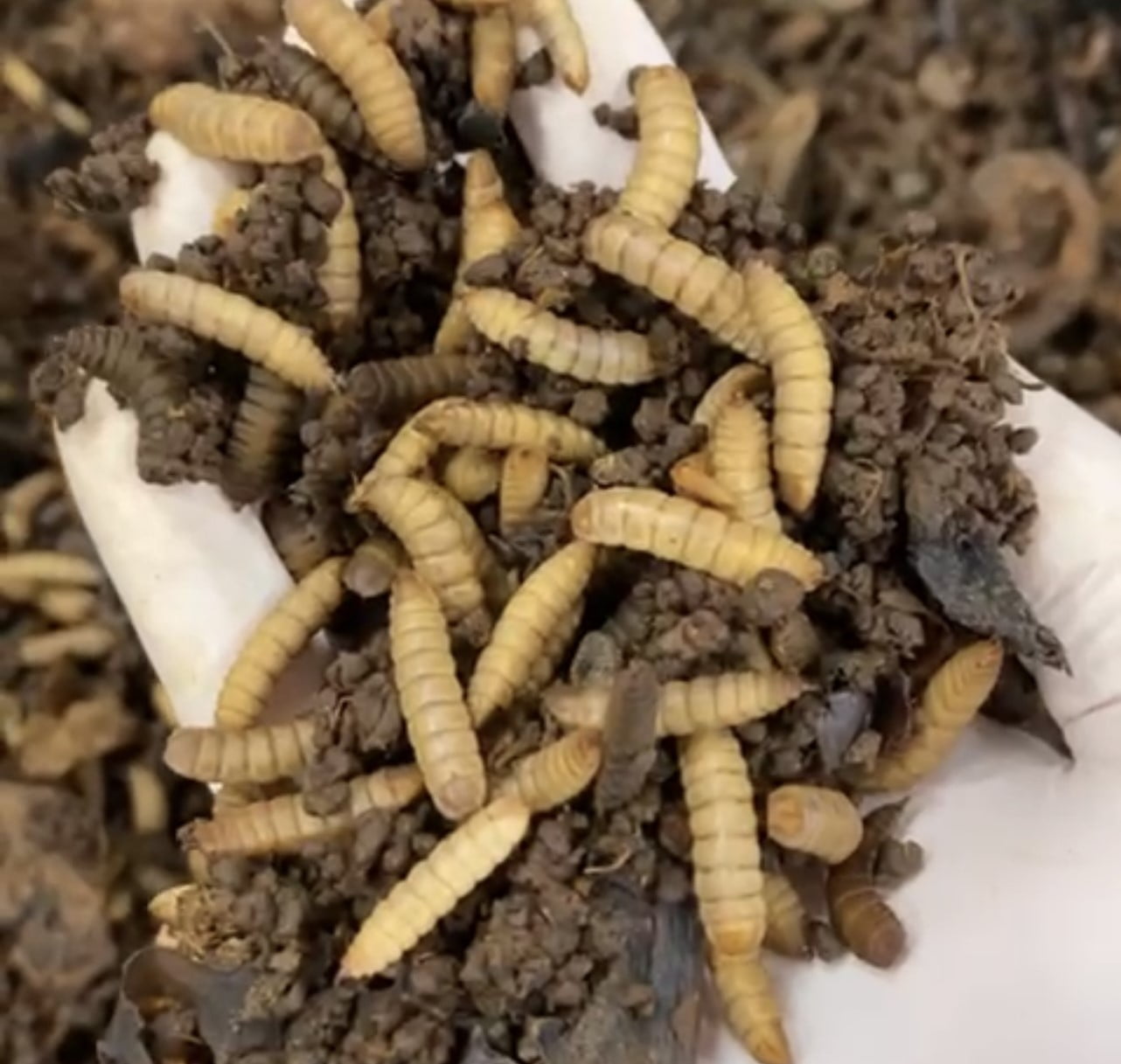
A few thoughts from our experience as startup entrepreneurs and insect enthusiasts
Here’s a couple of random thoughts from our experience as startup entrepreneurs and insect enthusiasts.
Research (link to full study below): “Black soldier fly larvae (BSFL) are highly efficient at converting organic substrates into insect biomass suitable for livestock nutrition. BSFL conversion efficiency depends on the nature of their feed, and formulation approaches use macronutrient contents to reach a targeted performance.”
Right. One of many (good) studies focusing on understanding how and what the BSF eat and what happens then. An interesting and important research topic, but the problem with these studies in general is the fact, that laboratory environment never fully replicates real life conditions so well, that the results could be taken into practice “as is”, and the organic waste “recipe” – the composition of a substrate that is fed to the larvae – is different in just about every case we ran into.
One thing is the differences in the waste composition and nutrient values, that force us to test each recipe all over again, even if the substrate is close to something already tried before. And secondly there are just too many variables and unexpected events occurring that you can’t test or sometimes even guess in the lab. Pests, power failure, extreme changes in weather conditions, somebody breaking in or breaking equipment, or pathogens in the waste, just to name a few.
Testing the substrate and creating a recipe is an integral part of the process that is required when setting up black soldier fly production – no matter if the scale is big or small – if we want to get predictable and repeatable results in the process. Meaning, that the end result of the rearing process should be just about the same every time, so that we can either sell organic waste recycling capacity, to be able to promise the clients a certain amount of larvae / insect protein / bio oils, etc. every month with the same production volume, or to do the same with the frass.
In our current business model testing the recipe is a must, a really important part of the process in setting up production, and the basis of all business calculations of the insect rearing process. And as the waste composition is each time different, these trials need to be made just about every time all over again.
Similarly the reason for a standardized production model and the reason why we use climate-controlled and continuously (automatically) monitored rearing containers instead of outdoors cages or old chicken sheds, is that the growth environment needs to be the same as well (and can be optimized for different parts of the process), every single time, so that the production inputs and outputs can be estimated and business cases are credible, that they are real and achievable rather then slideware based on best guesses or research in a lab in micro scale.
A famous startup phrase says “fail fast, fail cheap”, meaning that setting up a business sometimes runs into dead ends or issues so big, that you may need to shift your focus a little bit, to pivot totally, or at least stop the tests before you’ve spent too much money and resources, so that you still have a chance for a do-over rather going bankrupt big time. You really want to fail when still small, before having committed to building factories so big, you’re forced to stick with the plan even if you knew better… One of the top insect industry players just recently realized this and has had to lay off significant amount of personnel and to rethink their business strategy, having to raise money with lower valuation than perhaps they wished for. Not good.
Start from small, test, learn, improve, and scale up accordingly or fail fast and start again.
https://www.wageningenacademic.com/doi/10.3920/JIFF2022.0103
